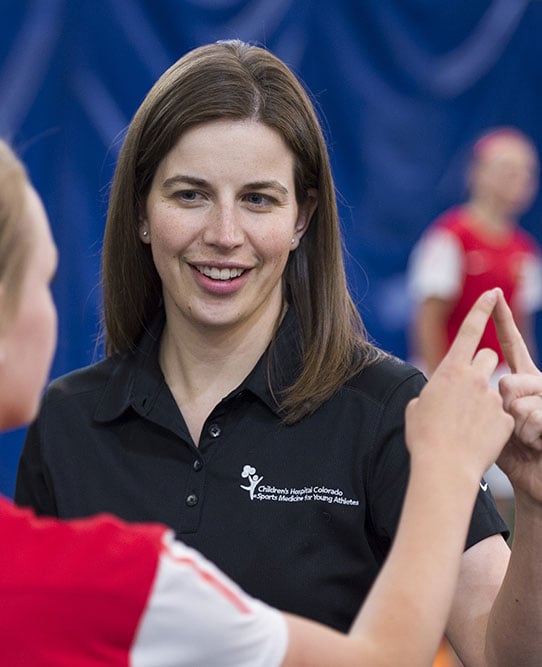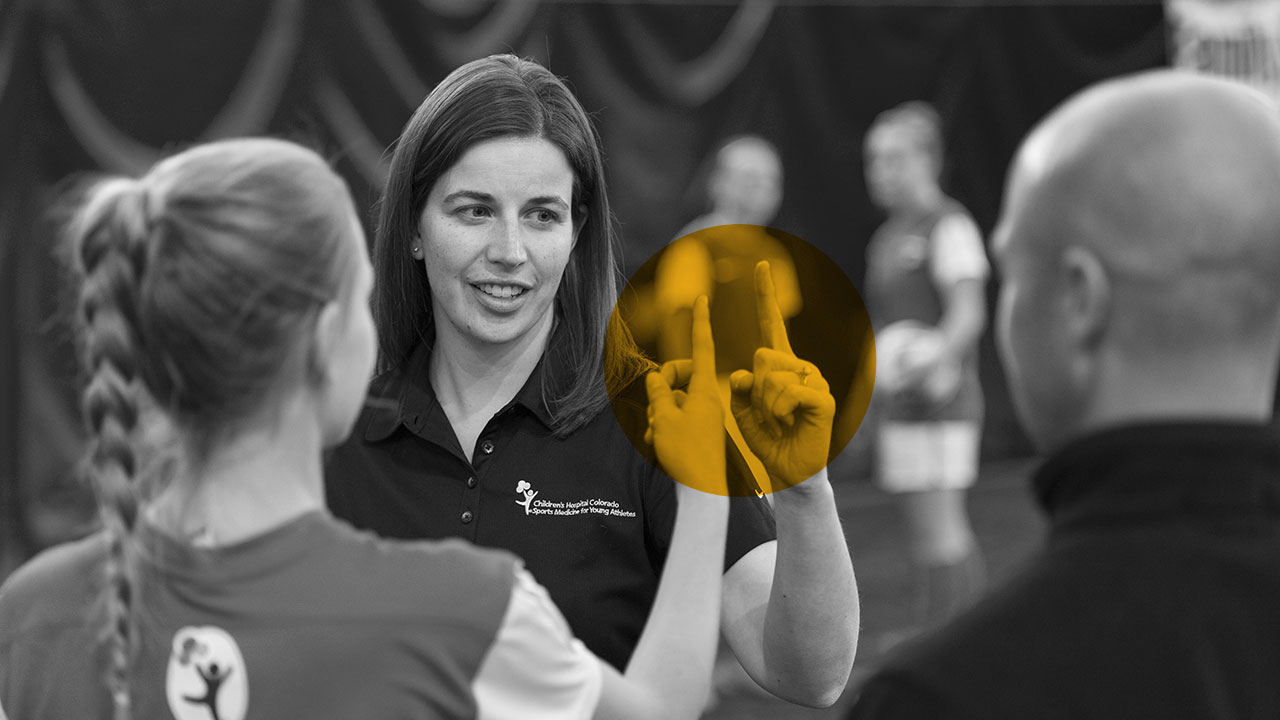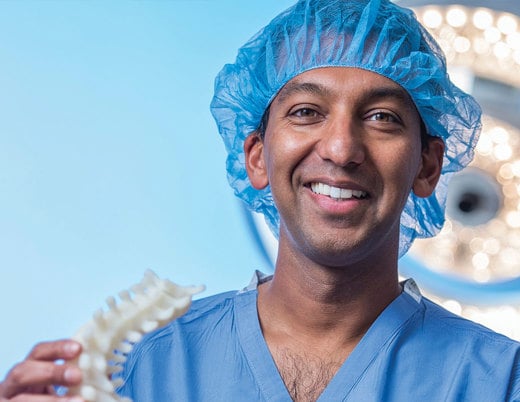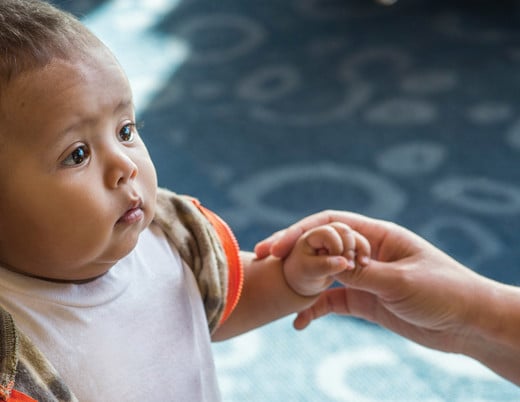How can new assessment tools improve recovery for sports-related concussions worldwide?
Children and teens who suffer from sport concussions can experience long-term consequences. Fortunately, as public awareness of concussions has grown, so too has concussion research dedicated to their care. The culmination of such research is outlined in the British Journal of Sports Medicine’s international consensus statement, which sports medicine professionals worldwide rely on for evidence-based guidance on concussion prevention, assessment and management. Recently, 36 research papers from Children’s Hospital Colorado were accepted for incorporation into this statement and its accompanying literature, including two important concussion assessment tools for improving sports-related concussion management in youth around the globe.
Advancements in concussion balance tests
The Children’s Colorado researchers behind this work include David Howell, PhD, director of the Colorado Concussion Research Lab at the University of Colorado School of Medicine, and Julie Wilson, MD, the lab’s associate director. In October 2022, Drs. Howell and Wilson traveled to Amsterdam to present recent findings at the sixth International Conference on Concussion in Sport, organized by the Concussion in Sport Group. Typically held every four years, the conference unites the world’s leading concussion researchers to assess current best practices, discuss recent findings and develop an updated consensus statement. Dr. Howell, Dr. Wilson and three graduate students from the lab successfully proposed a new test that will now be part of the international consensus statement.
“The concussion balance test used up to this point is still in the international guidelines, but it’s fairly subjective,” Dr. Howell says. “You have people stand on one foot with their eyes closed, and when they try to balance, you judge how many errors they make.”
Introducing the tandem gait test
Drs. Howell and Wilson addressed the limitations of the older, more subjective tools with what they named the tandem gait test — an evaluation tool using time-based benchmarking. The tandem gait test is more accessible than other tools because it doesn’t require sophisticated gait and balance measurement devices, which can be expensive. It only requires a strip of tape placed in a line on the floor, and a timekeeping device such as a smartphone. “The goal is to have somebody walk straight, heel to toe on each step, along the line,” Dr. Howell says. “The patient tries to do this as fast as they can, but as you can imagine, a concussion creates some instability and lack of coordination as a result of the injury.”
In some instances, healthcare providers can ask patients to walk along the line a second time while simultaneously completing a cognitive task, such as spelling a word backwards.
“Your brain has limits on how much attention it can distribute, and everybody’s going to have to slow down a little bit to spell a word backwards,” Dr. Howell says. “But post-concussion, we see that people have to slow down even more.”
If a patient needs to slow down significantly to process both the cognitive task and the physical task, it could be a sign that they wouldn’t do well in a game setting, where they’d have to make quick mental and physical decisions. Now, thanks to the tandem gait test, healthcare providers can reach that conclusion in a matter of minutes.
Compared to some previous tests used to assess concussions, which have about a 60% success rate, the tandem gait test accurately classifies concussions 82% of the time. It began as a graduate school project for Dr. Howell, who, alongside Dr. Wilson, began gathering relevant data from patients in 2019. By evaluating the effectiveness of the new test in the lab against other research-proven tests, they were able to iterate the test until it proved more effective.
“This is a prime example of where research and clinical practice meet,” Dr. Howell says.
Updated concussion recognition tool
The tandem gait test isn’t the only research from Children’s Colorado that was accepted into the international guidelines. The statement also includes a concussion recognition tool that Dr. Howell helped to revise into its current form. This updated evaluation helps nonhealthcare providers, such as coaches and parents, make important decisions in the immediate aftermath of a concussion — including when to remove an athlete from play, when to call 911 and more. Both tests help ensure that kids don’t return to sports before they’re ready. Research shows that kids and teens who get back in the game too soon are more likely to experience an orthopedic injury than those who haven’t had a concussion, because a concussion can reduce cognitive functions such as reaction time and processing speed.
“There’s all of this competing cognitive and motor information that has to process in real-time when playing sports,” Dr. Howell says. “If you can’t simply do two things at once, you could be at risk for further injury once you actually get back to the field.”
Colorado Concussion Research Lab has tested numerous injury prevention strategies as part of their rehabilitation program. “People who go through that program are three and a half times less likely to get a sport-related injury in the year after a concussion than people who didn’t go through the intervention,” Dr. Howell says. “The goal is to help people return to the things they love doing, but in a safe manner.”
Featured researchers

David Howell, PhD
Research director
Sports Medicine Center
Children's Hospital Colorado
Director
Colorado Concussion Research Laboratory
University of Colorado School of Medicine

Julie Wilson, MD
Co-director
Concussion Program
Children's Hospital Colorado
Associate director
Colorado Concussion Research Laboratory
University of Colorado School of Medicine





 720-777-0123
720-777-0123










